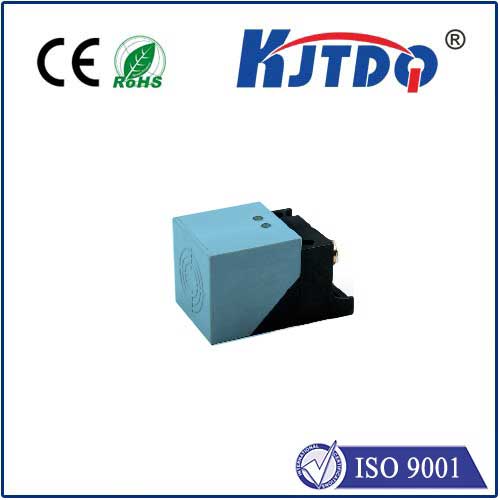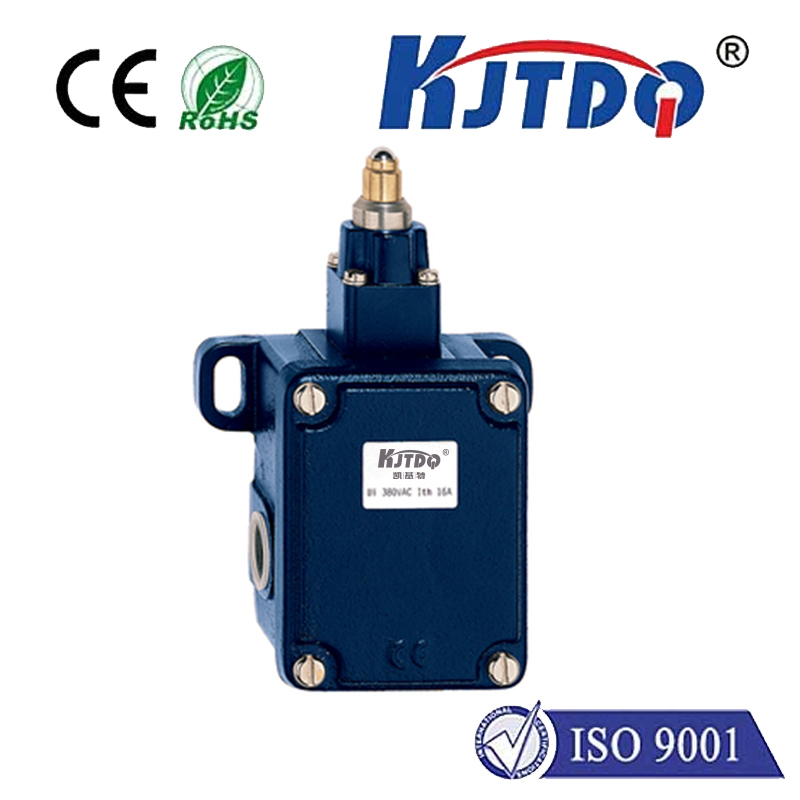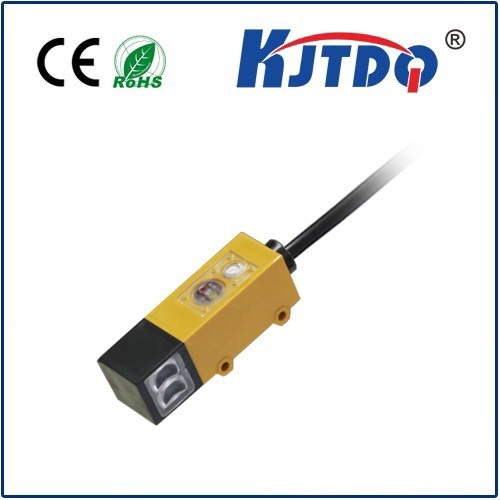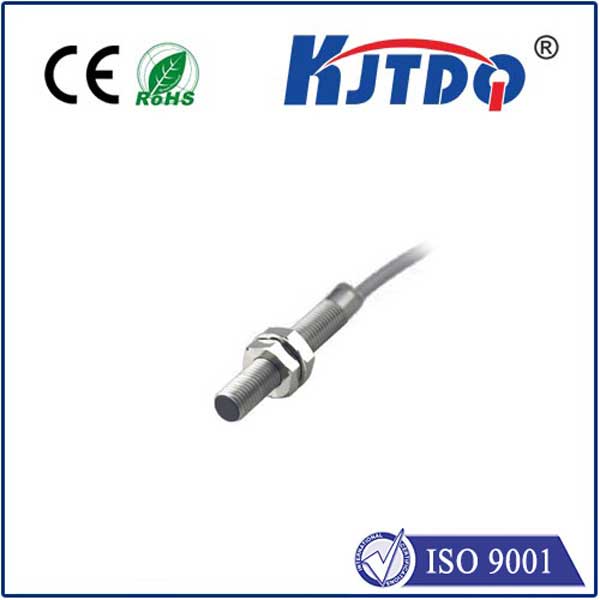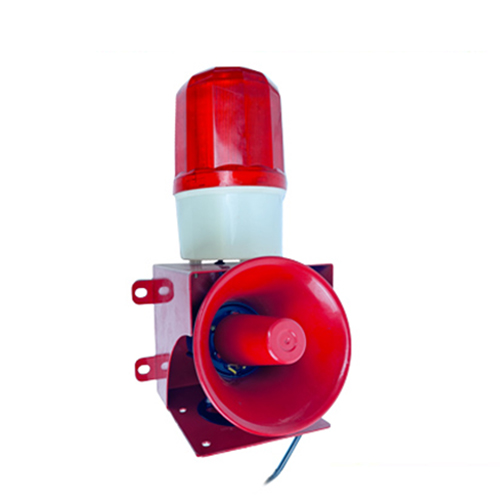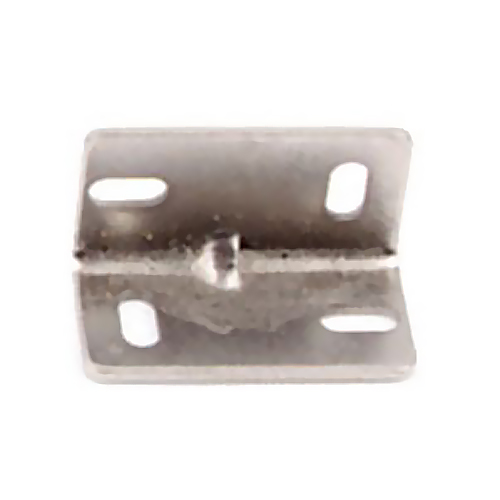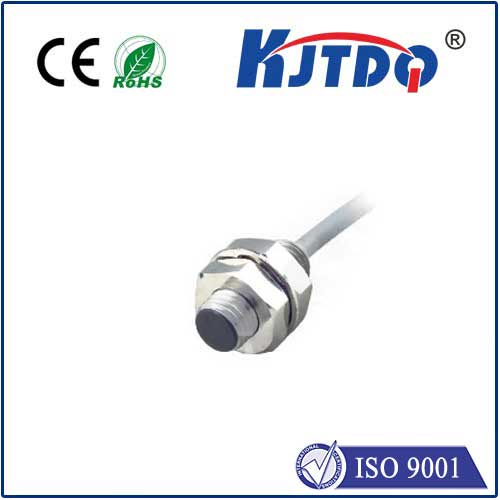

check

check

check

check
Imagine reliably sensing a metal object from nearly the length of a standard ruler away, even when coated in grime, splashed with coolant, or buffeted by vibration. For decades, engineers faced frustrating limitations with standard proximity sensors, forced into complex workarounds or costly sensing strategies when demanding applications required extended reach. The E2E-X7D1-M1TGJ 0.3M inductive proximity sensor shatters these constraints, offering a robust, high-performance answer to the persistent challenge of long-range metallic object detection in harsh industrial settings. This isn’t just another sensor; it’s a paradigm shift in detection capability.
At its core, the E2E-X7D1-M1TGJ belongs to the esteemed Omron E2E series, renowned for reliability and performance. The defining feature, prominently highlighted in its name, is the 0.3M (300mm) sensing distance. This specification immediately sets it apart from the vast majority of inductive proxes, which typically offer ranges measured in millimeters (e.g., 2mm, 5mm, 10mm, occasionally 15mm or 20mm for larger barrel styles). Achieving 300mm detection requires sophisticated coil design and advanced signal processing electronics packed into a surprisingly compact M18 barrel housing. This exceptional range opens doors to previously impractical or inefficient applications:
The “M1TGJ” suffix is equally crucial, defining its environmental resilience and electrical characteristics. This sensor is a DC 3-wire type (NPN output, NO - Normally Open). More importantly, the “TGJ” coating signifies a unique protective layer. Unlike standard sensors, the E2E-X7D1-M1TGJ features a special fluorine resin coating applied to its sensing face. This innovative coating provides outstanding resistance against common industrial aggressors:

Furthermore, the sensor boasts robust vibration resistance (10 to 55 Hz, double amplitude 1.5 mm) and an impressive IP67 enclosure rating, guaranteeing protection against dust ingress and temporary immersion in water. This combination of long range, environmental toughness (TGJ coating), and mechanical resilience makes the E2E-X7D1-M1TGJ uniquely suited for the dirtiest, most demanding environments – think foundries, heavy machining, automated welding cells, and outdoor equipment.
While its core function is detecting ferrous metals (steel, iron), its impressive 0.3M sensing distance also allows it to detect non-ferrous metals like aluminum or brass, albeit at a slightly reduced sensing range compared to steel. This versatility adds another layer of application potential. Its operating voltage range is 12-24VDC ±10%, compatible with standard industrial control systems. The 10-30VDC operating voltage specification indicates suitability across common DC power supplies.
Integrating the E2E-X7D1-M1TGJ requires considering its long sensing range. Unlike short-range sensors where target proximity is critical, this sensor projects its detection field significantly outward. Installation necessitates ensuring a clear path within its detection zone – avoiding metal brackets or machine frames directly opposite the sensing face that could cause unintended actuation (“side-by-side” metal is generally less problematic). Optimizing performance involves precisely aligning the sensor perpendicular to the target surface and verifying the detection distance under actual operating conditions. Its M18 threaded barrel simplifies mounting using standard hardware.
For engineers battling the limitations of short-range detection in tough conditions, the Omron E2E-X7D1-M1TGJ 0.3M proximity sensor is a revelation. It delivers unprecedented 300mm inductive sensing, overcoming the traditional barrier and enabling simpler, more reliable automation solutions. The special TGJ coating tackles the critical issue of contamination buildup head-on, drastically reducing downtime and maintenance headaches associated with oil, grease, and debris. When demanding applications require reaching further while surviving unforgiving environments, this long-range proximity sensor stands as a powerful, dependable solution. Its combination of extreme range, robust construction, and specialized environmental protection addresses core industrial challenges that shorter-range sensors simply cannot solve effectively.
The E2E-X7D1-M1TGJ eliminates the need for complex mechanical linkages, fragile sensors mounted perilously close to moving parts, or expensive alternative sensing technologies in many long-range applications. This powerful inductive sensor provides the reach and resilience modern automation demands. It empowers designers to create safer, more efficient, and lower-maintenance systems where metal detection at a distance is paramount.
